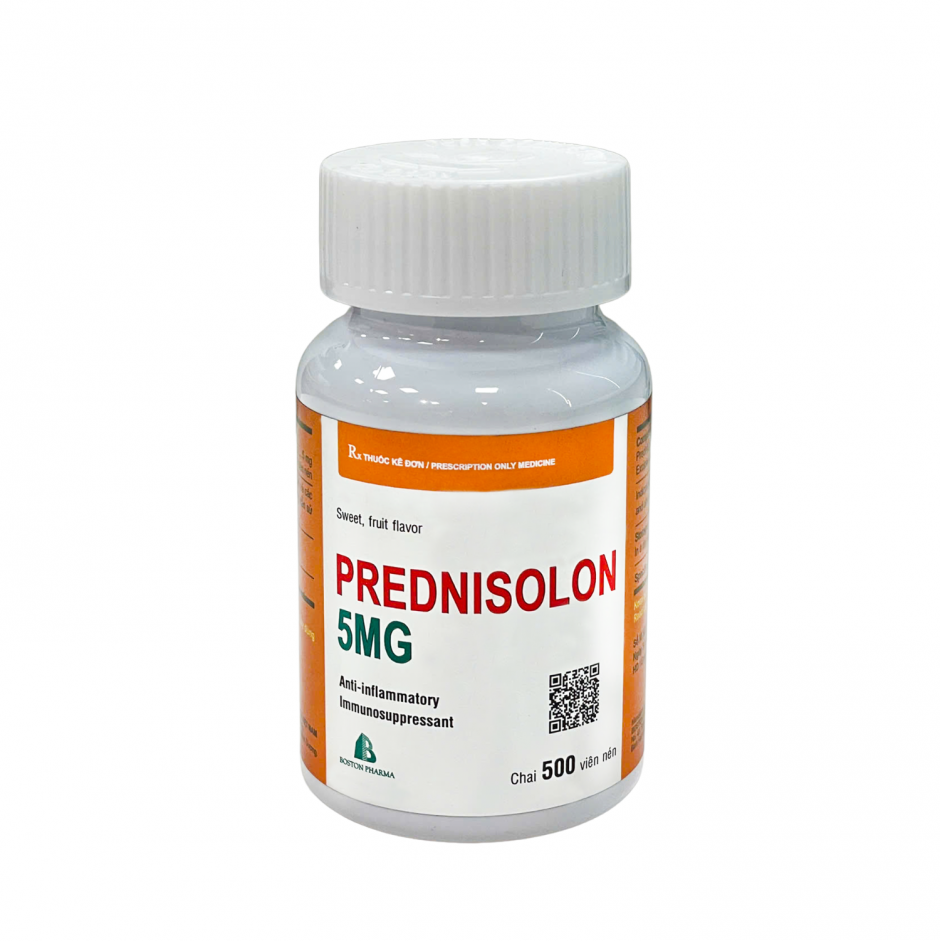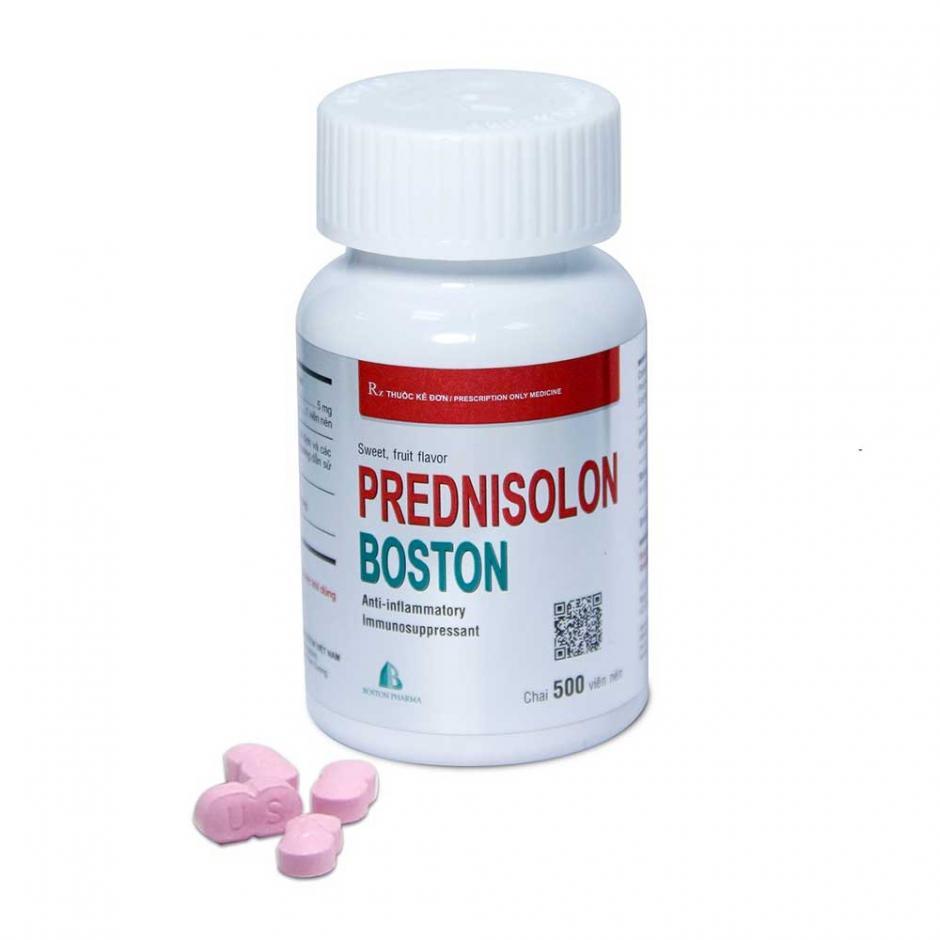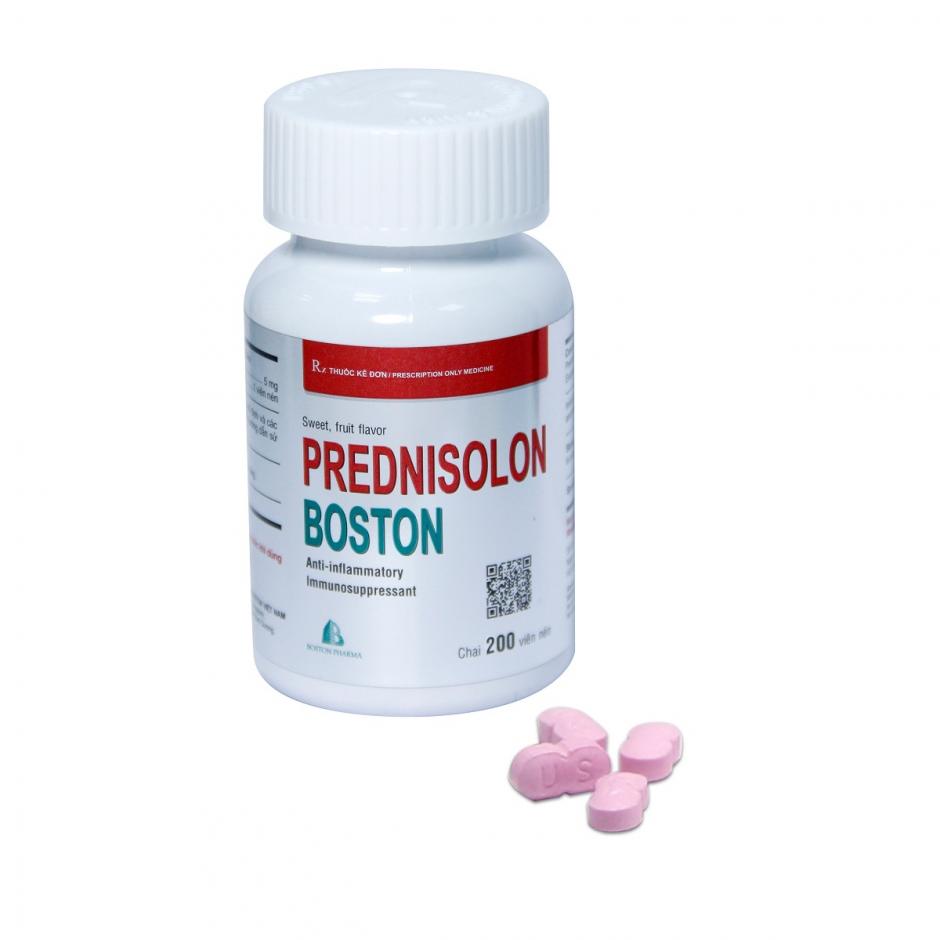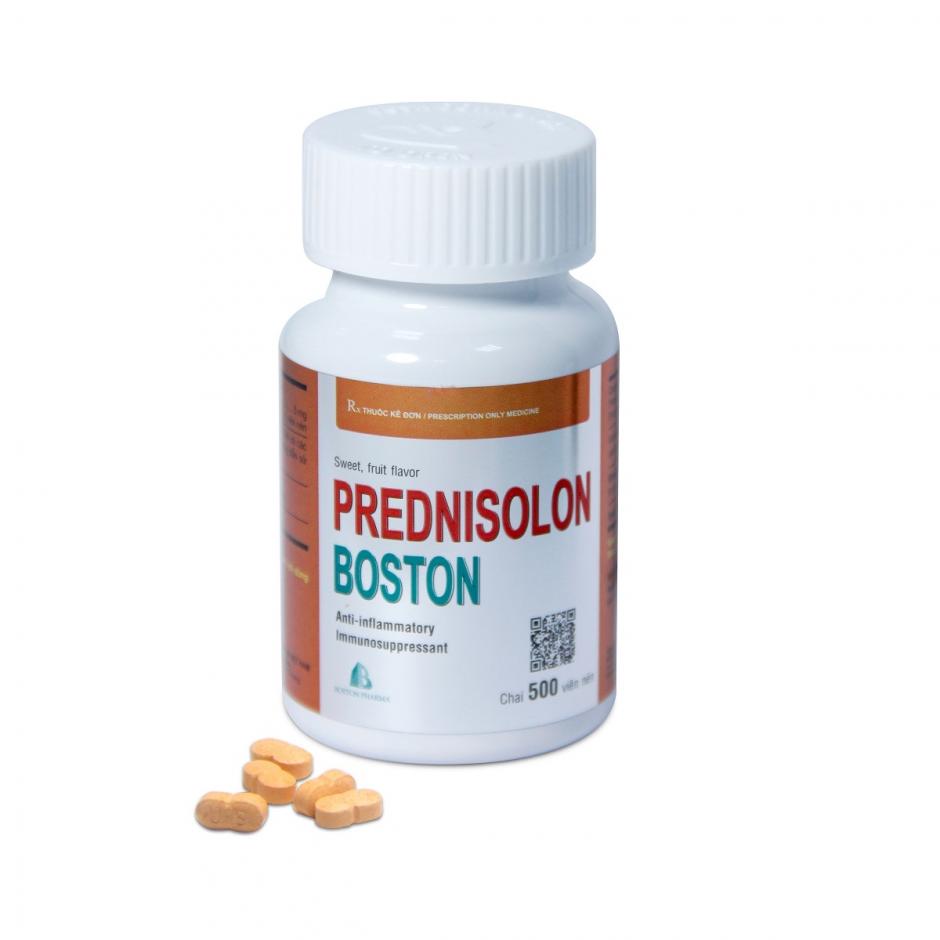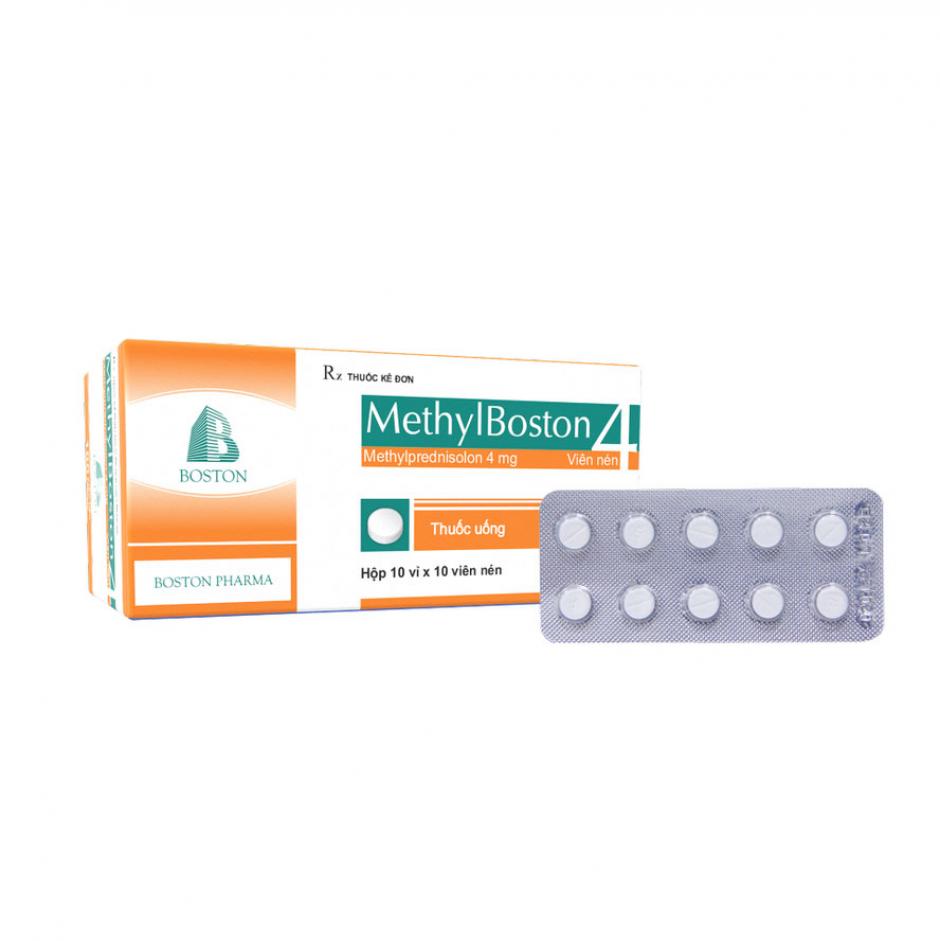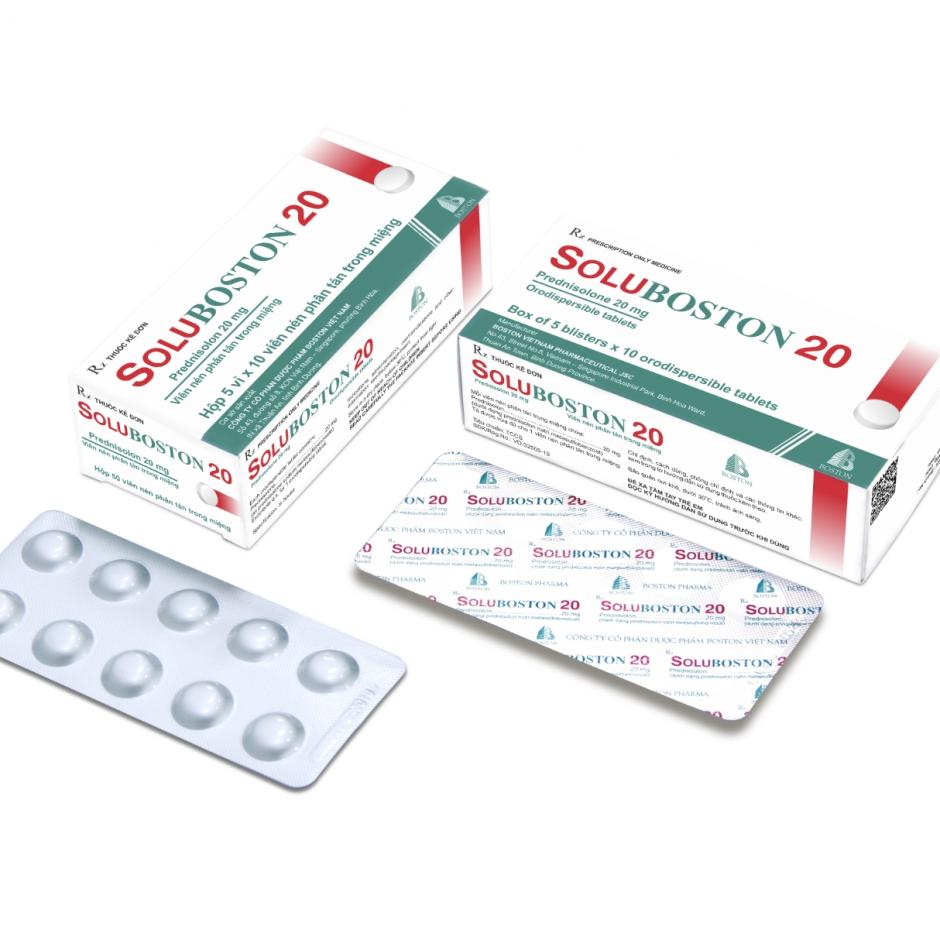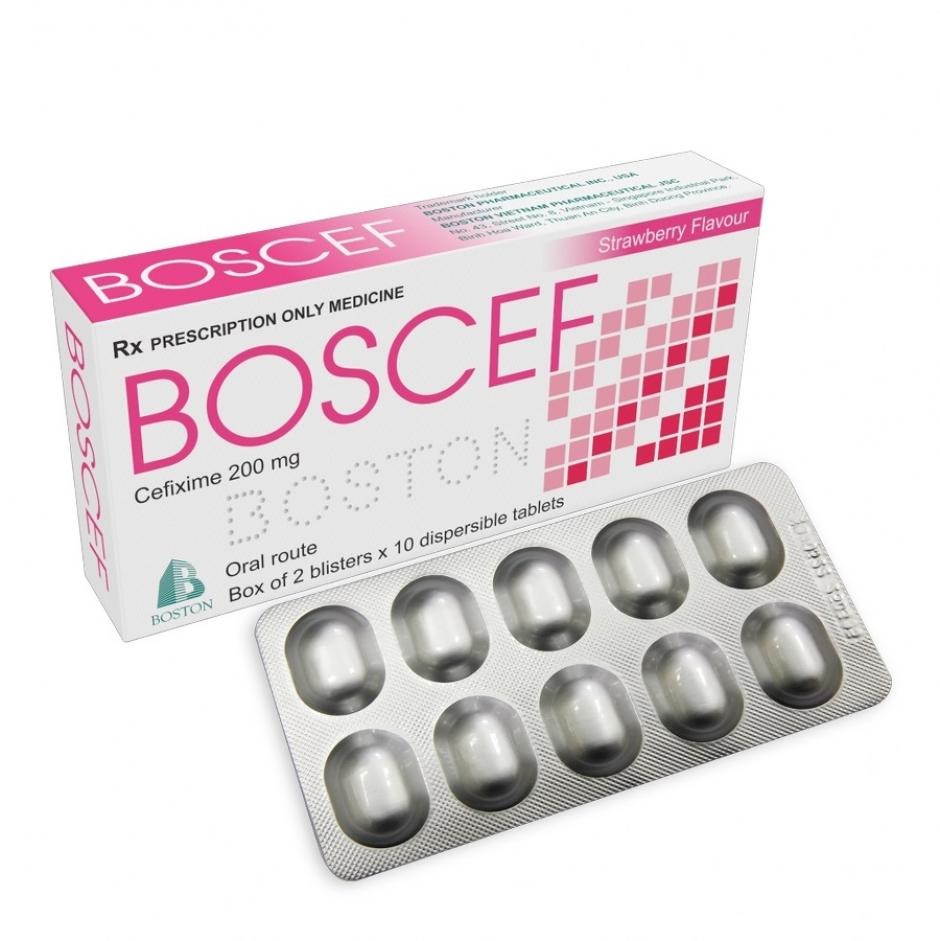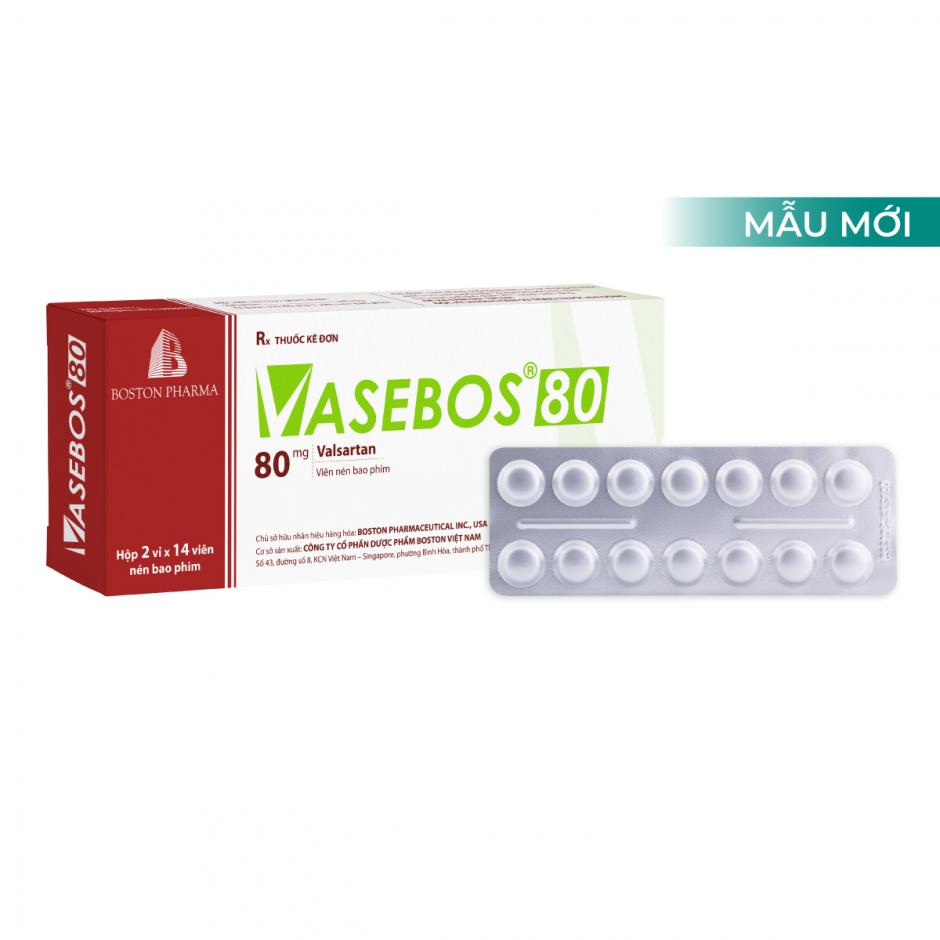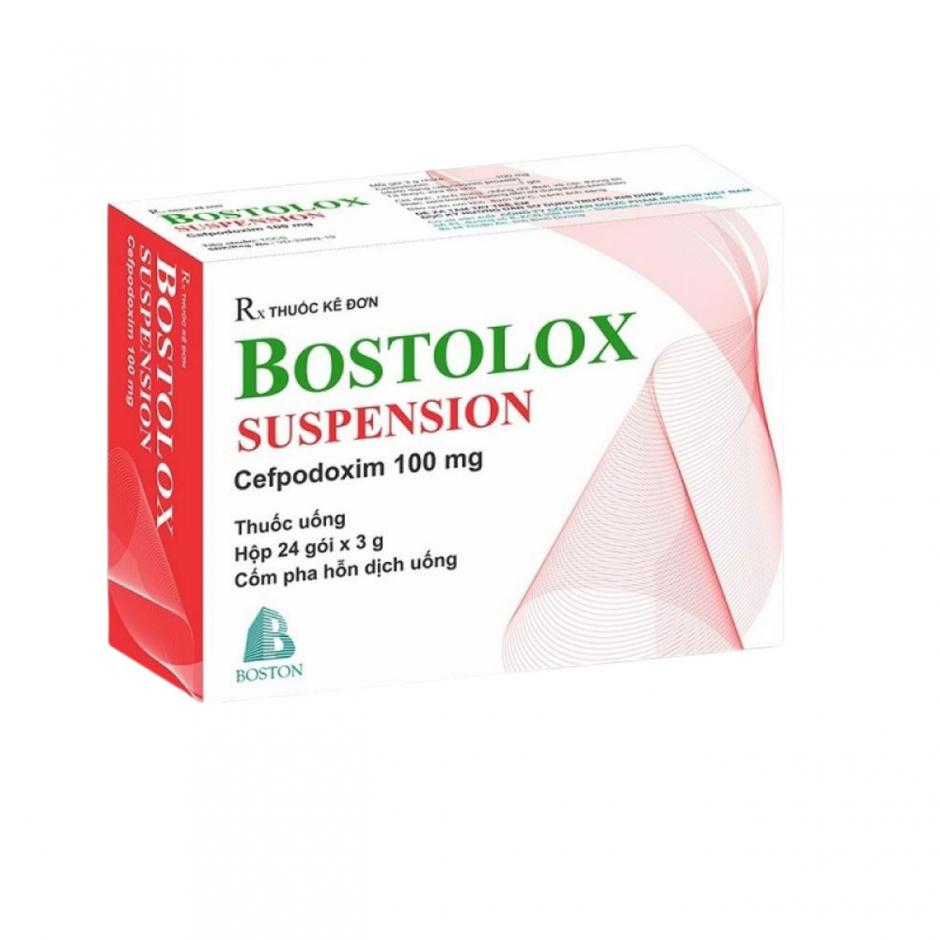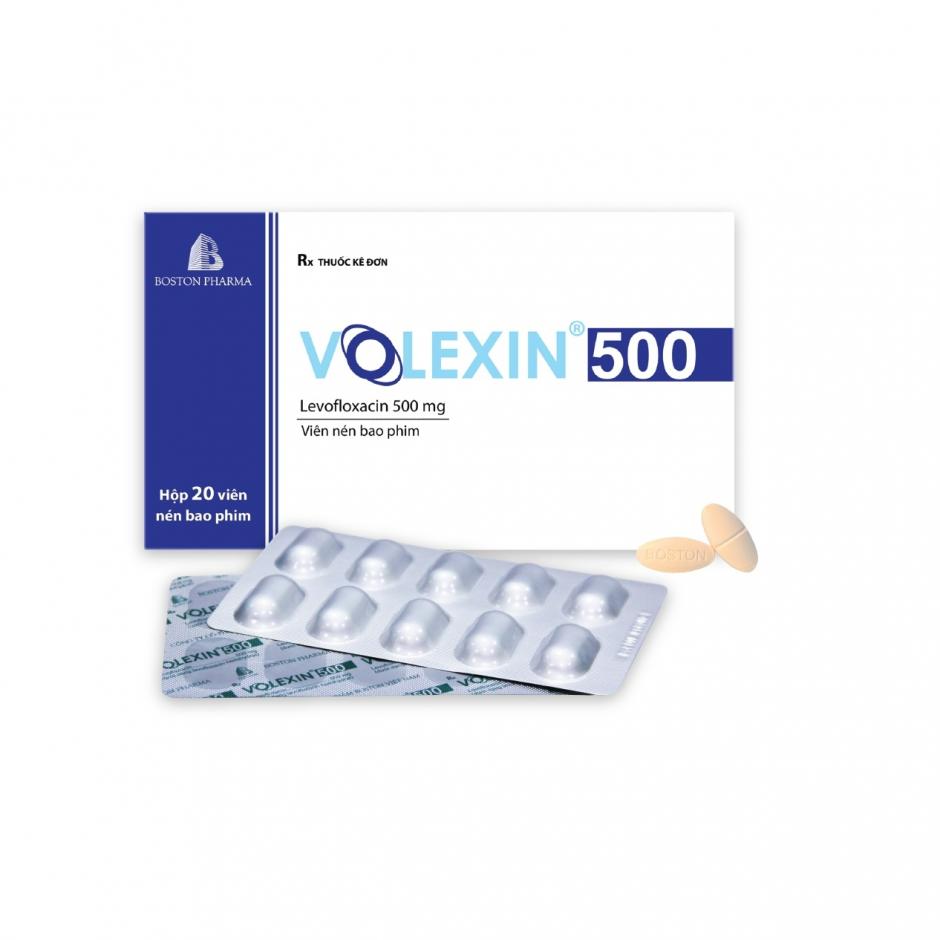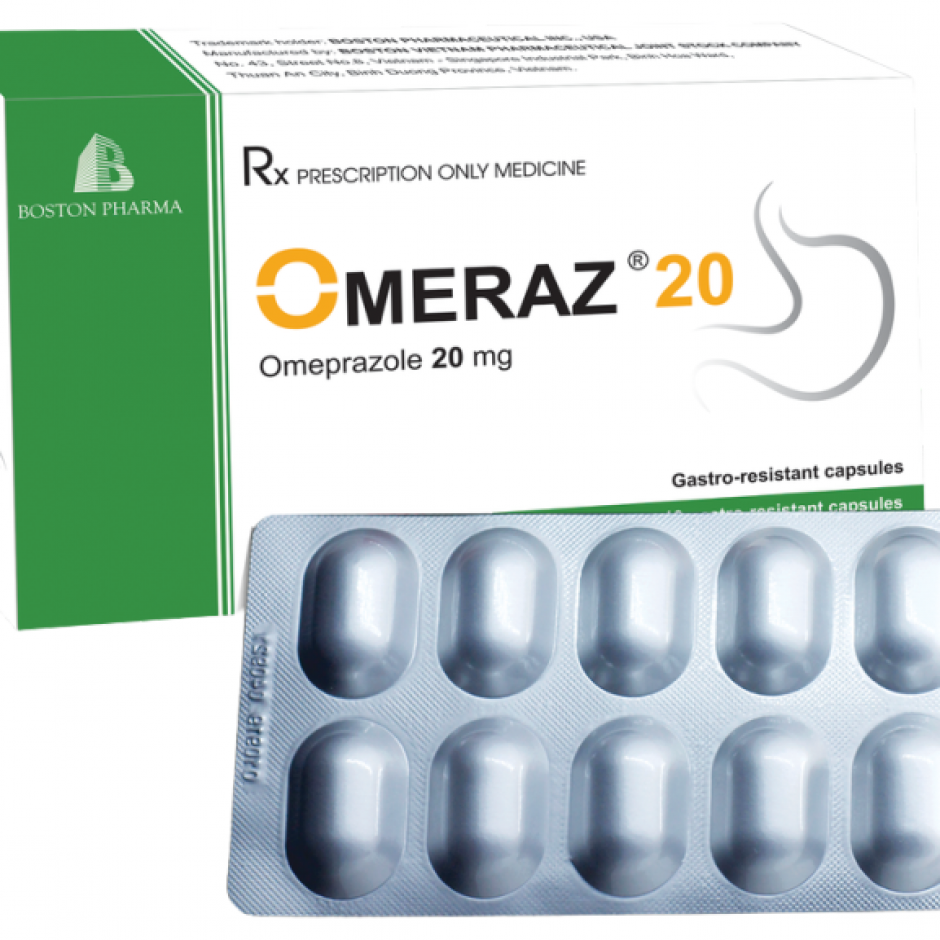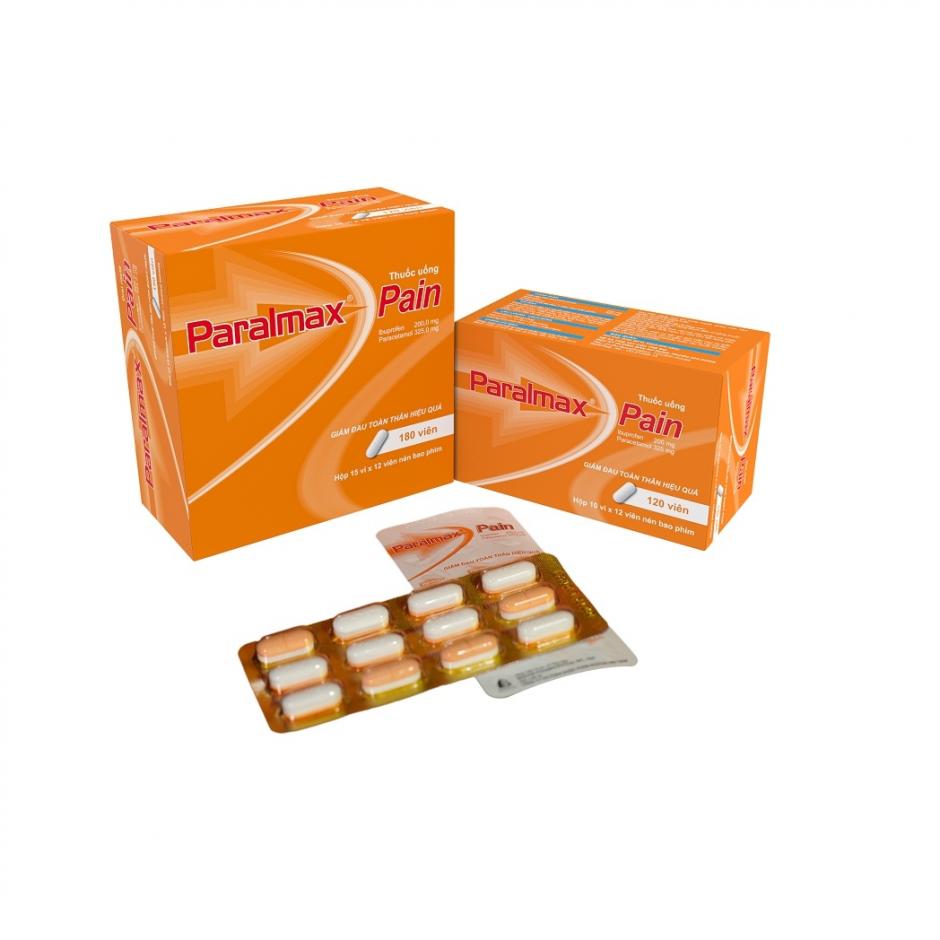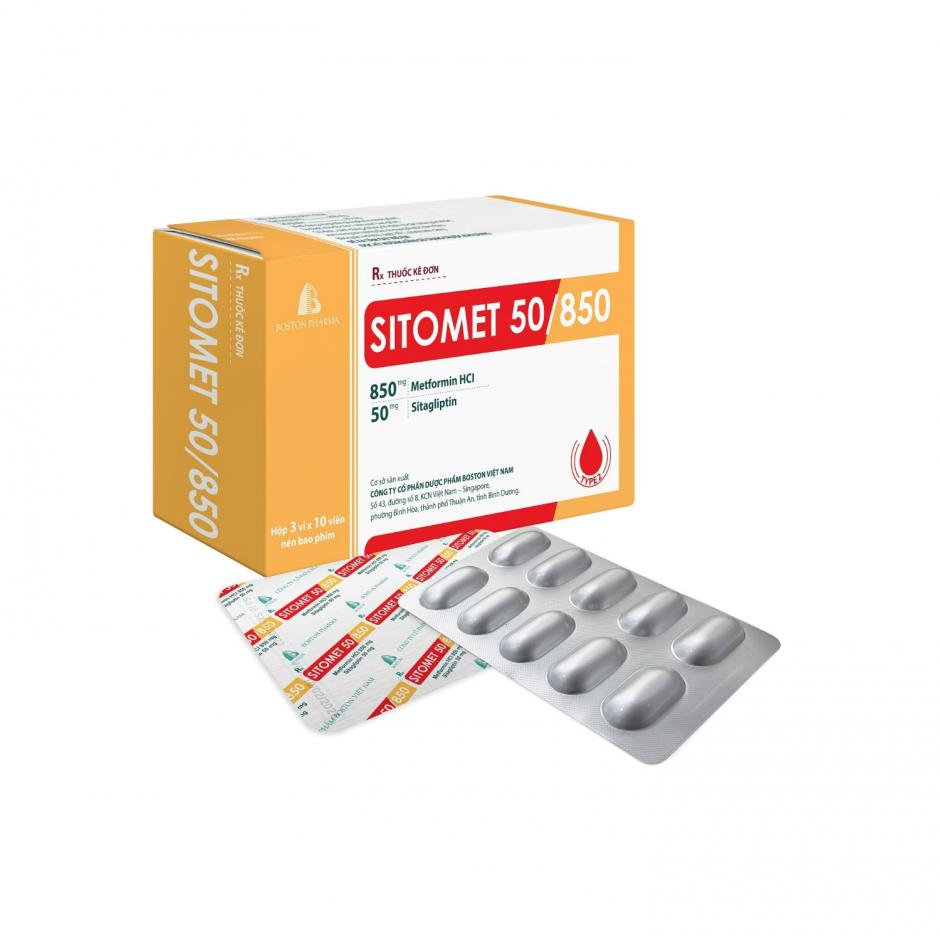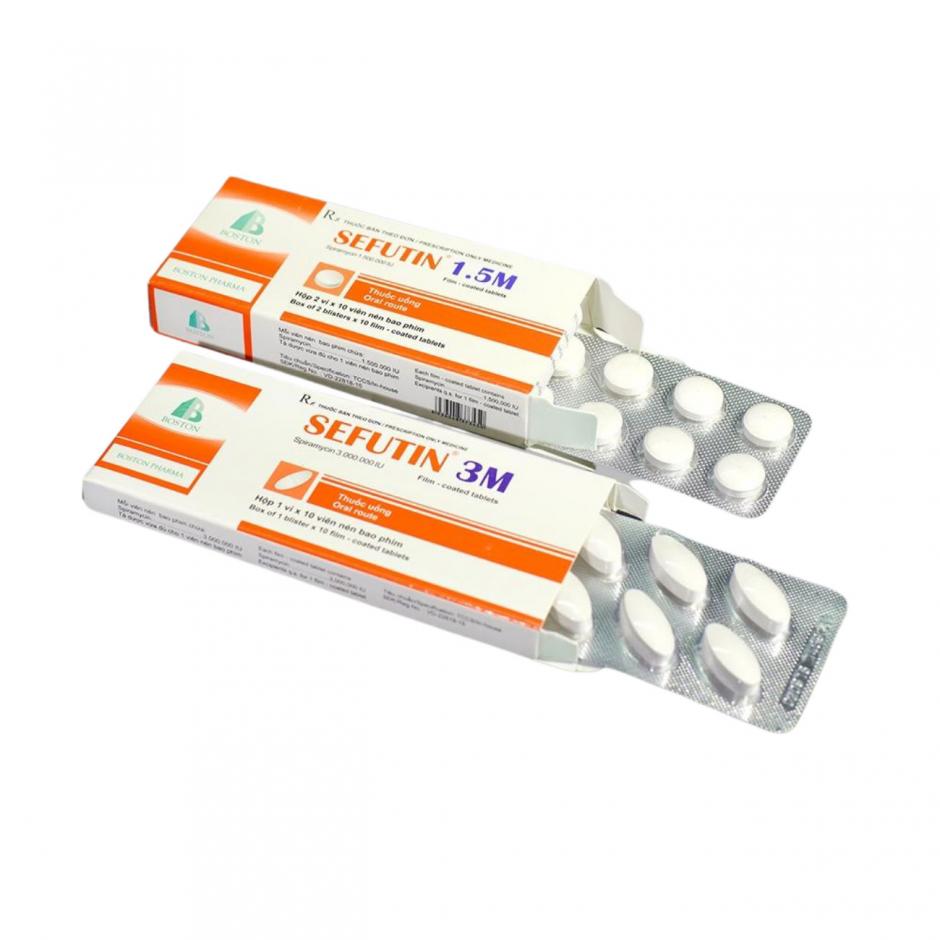Endocrine disorders: Primary and secondary adrenal insufficiency, congenital adrenal hyperplasia.
Rheumatic disorders: Rheumatoid arthritis, juvenile chronic arthritis, ankylosing spondylitis.
Collagen diseases/arteritis: Systemic lupus erythematosus, systemic dermatomyositis (polymyositis), rheumatic fever with severe carditis, giant cell arteritis/polymyalgia rheumatica.
Dermatological diseases: Pemphigus vulgaris
Allergic states: Severe seasonal and perennial allergic rhinitis, drug hypersensitivity reactions, serum sickness, allergic contact dermatitis, bronchial asthma.
Ophthalmic diseases: Anterior uveitis (iritis, iridocyclitis), posterior uveitis, optic neuritis
Respiratory diseases: Pulmonary sarcoid, fulminating or disseminated tuberculosis (with appropriate anti-tuberculous chemotherapy), aspiration of gastric contents.
Haematological disorders: Idiopathic thrombocytopenic purpura, haemolytic anaemia (autoimmune).
Neoplastic diseases: Leukaemia (acute and lymphatic), malignant lymphoma.
Gastro-intestinal diseases: Ulcerative colitis, Crohn's disease
Miscellaneous: Tuberculous meningitis (with appropriate anti-tuberculous chemotherapy), transplantation
POSOLOGY AND METHOD OF ADMINISTRATION
Posology
|
Indications |
Recommended initial daily dosage |
Indications |
Recommended initial daily dosage |
|
|
Rheumatoid arthritis |
Bronchial asthma |
up to 64 mg single dose/alternate day up to 100 mg |
||
|
Severe |
12 – 16 mg |
Haematological disorders and leukaemias |
16 – 100 mg |
|
|
Moderately severe |
8 – 12 mg |
Malignant lymphoma |
16 – 100 mg |
|
|
Moderate |
4 – 8 mg |
Ulcerative colitis |
16 – 60 mg |
|
|
Children |
4 – 8 mg |
|||
|
Systemic dermatomyositis |
48 mg |
Crohn's disease |
up to 48 mg per day in acute episodes |
|
|
Systemic lupus erythematosus |
20 – 100 mg |
Organ transplantation |
up to 3.6 mg/kg/day |
|
|
Acute rheumatic fever |
48 mg until ESR normal for one week |
Giant cell arteritis/polymyalgia rheumatica |
64 mg |
|
|
Allergic diseases |
12 – 40 mg |
Pulmonary sarcoid |
32 - 48 mg on alternate days |
|
|
Ophthalmic diseases |
12 – 40 mg |
Pemphigus vulgaris |
80 - 360 mg |
For indications where the dosage is not suitable for the content and dosage form of the drug Methylboston 4/Methylboston 16, the doctor should instruct the patient to choose another preparation with the dosage form suitable for the indicated dose.
Method of administration
METHYLBOSTON for oral use.
The dosage recommendations shown in the table below are suggested initial daily doses and are intended as guides. The average total daily dose recommended may be given either as a single dose or in divided doses.
Undesirable effects may be minimised by using the lowest effective dose for the minimum period.
The initial suppressive dose level may vary depending on the condition being treated. This is continued until a satisfactory clinical response is obtained. If a satisfactory response is not obtained in seven days, re-evaluation of the case to confirm the original diagnosis should be made. As soon as a satisfactory clinical response is obtained, the daily dose should be reduced gradually, either to termination of treatment in the case of acute conditions (e.g. seasonal asthma, exfoliative dermatitis, acute ocular inflammations) or to the minimal effective maintenance dose level in the case of chronic conditions (e.g. rheumatoid arthritis, systemic lupus erythematosus, bronchial asthma, atopic dermatitis).
In alternate-day therapy, the minimum daily corticoid requirement is doubled and administered as a single dose every other day at 8.00 am. and no drugs on the second day and so on.
Elderly patients: Treatment of elderly patients, particularly if long-term, should be planned bearing in mind the more serious consequences of the common side-effects of corticosteroids in old age, particularly osteoporosis, diabetes, hypertension, susceptibility to infection and thinning of skin.
Paediatric population: In general, dosage for children should be based upon clinical response and is at the discretion of the physician. Treatment should be limited to the minimum dosage for the shortest period of time. If possible, treatment should be administered as a single dose on alternate days
CONTRAINDICATIONS
METHYLBOSTON tablet are contraindicated in the following cases:
+ In patients who have systemic fungal infections.
+ In patients who have systemic infections unless specific anti-infective therapy is employed.
+ in patients who have hypersensitivity to the active substance or to any of the excipients.
Administration of live or live, attenuated vaccines is contraindicated in patients receiving immunosuppressive doses of corticosteroids
WARNINGS AND PRECAUTIONS
Immunosu Corticosteroids may increase susceptibility to infection
Corticosteroids may increase susceptibility to infection may mask some signs of infection, and new infections may appear during their use. Suppression of the inflammatory response and immune function increases the susceptibility to fungal, viral and bacterial infections and their severity. The clinical presentation may often be atypical and may reach an advanced stage. Chicken pox and measles, for example, can have a more serious or even fatal course in non-immune children or adults on corticosteroids.
If patients do not have a history of chickenpox, patients should be advised to avoid close personal contact with chickenpox or herpes zoster and if exposed they should seek urgent medical attention.
Inactivated or attenuated vaccines may be used in patients receiving immunosuppressive doses of corticosteroids. However, response to these vaccines may be reduced.
The use of corticosteroids in active tuberculosis should be restricted to those cases of fulminating or disseminated tuberculosis in which the corticosteroid is used for the management of the disease in conjunction with an appropriate antituberculous regimen. If corticosteroids are indicated in patients with latent tuberculosis or tuberculin reactivity, close observation is necessary as reactivation of the disease may occur. During prolonged corticosteroid therapy, these patients should receive chemoprophylaxis.
Immune System
Because rare instances of skin reactions and anaphylactic/anaphylactoid reactions have occurred in patients receiving corticosteroid therapy, appropriate precautionary measures should be taken prior to administration, especially when the patient has a history of allergy to any drug.
Endocrine Effects
In patients on corticosteroid therapy subjected to unusual stress, increased dosage of rapidly acting corticosteroids before, during, and after the stressful situation is indicated.
Adrenal cortical atrophy develops during prolonged therapy and may persist for months after stopping treatment. In patients who have received more than physiological doses of systemic corticosteroids (approximately 6 mg methylprednisolone) for greater than 3 weeks, withdrawal should not be abrupt. How dose reduction should be carried out depends largely on whether the disease is likely to relapse as the dose of systemic corticosteroids is reduced. Clinical assessment of disease activity may be needed during withdrawal. If the disease is unlikely to relapse on withdrawal of systemic corticosteroids, but there is uncertainty about HPA suppression, the dose of systemic corticosteroid may be reduced rapidly to physiological doses. Once a daily dose of 6 mg methylprednisolone is reached, dose reduction should be slower to allow the HPA-axis to recove.
Abrupt withdrawal of systemic corticosteroid treatment, which has continued up to 3 weeks is appropriate if it considered that the disease is unlikely to relapse. Abrupt withdrawal of doses up to 32 mg daily of methylprednisolone for 3 weeks is unlikely to lead to clinically relevant HPA-axis suppression, in the majority of patients. In the following patient groups, gradual withdrawal of systemic corticosteroid therapy should be considered even after courses lasting 3 weeks or less:
+ Patients who have had repeated courses of systemic corticosteroids, particularly if taken for greater than 3 weeks.
+ When a short course has been prescribed within one year of cessation of long-term therapy (months or years).
+ Patients who may have reasons for adrenocortical insufficiency other than exogenous corticosteroid therapy.
+ Patients receiving doses of systemic corticosteroid greater than 32 mg daily of methylprednisolone.
+ Patients repeatedly taking doses in the evening.
Glucocorticoids can produce or aggravate Cushing's syndrome, therefore glucocorticoids should be avoided in patients with Cushing's disease.
Particular care is required when considering the use of systemic corticosteroids in patients with hypothyroidism and frequent patient monitoring is necessary.
Metabolism and Nutrition Disorders
Corticosteroids, including methylprednisolone, can increase blood glucose, worsen pre-existing diabetes, and predispose those on long-term corticosteroid therapy to diabetes mellitus.
Particular care is required when considering the use of systemic corticosteroids in patients with Diabetes mellitus (or a family history of diabetes).
Psychiatric Effects
Patients and/or carers should be warned that potentially severe psychiatric adverse reactions may occur with systemic steroids. Symptoms typically emerge within a few days or weeks of starting treatment. Most reactions recover after either dose reduction or withdrawal, although specific treatment may be necessary.
Patients/carers should be alert to possible psychiatric disturbances that may occur either during or immediately after dose tapering/withdrawal of systemic steroids
Particular care is required when considering the use of systemic corticosteroids in patients with existing or previous history of severe affective disorders in themselves or in their first degree relatives.
Nervous System Effects
Particular care is required when considering the use of systemic corticosteroids in patients with seizure disorders and myasthenia gravis.
Ocular Effects
Particular care is required when considering the use of systemic corticosteroids in patients with glaucoma (or a family history of glaucoma) and ocular herpes simplex as there is a fear of corneal perforation. Prolonged use of corticosteroids may produce posterior subcapsular cataracts and nuclear cataracts (particularly in children), exophthalmos or increased intraocular pressure, which may result in glaucoma with possible damage to the optic nerves. Secondary fungal and viral infections of the eye may also be enhanced in patients receiving glucocorticoids, associated with chorioretinopathy, which may lead to retinal detachment.
Cardiac and Vascular Events
Adverse effects of glucocorticoids on the cardiovascular system, such as dyslipidemia and hypertension, may predispose treated patients with existing cardiovascular risk factors to additional cardiovascular effects, if high doses and prolonged courses are used. Accordingly, corticosteroids should be employed judiciously in such patients and attention should be paid to risk modification and additional cardiac monitoring if needed. Low dose and alternate day therapy may reduce the incidence of complications in corticosteroid therapy.
Systemic corticosteroids should be used with caution, and only if strictly necessary.
Particular care is required when considering the use of systemic corticosteroids in patients with recent myocardial infarction and frequent patient monitoring is necessary.
Care should be taken for patients receiving cardioactive drugs such as digoxin.
Caution should be exercised and frequent monitoring is required when systemic corticosteroids are administered to patients with hypertension predisposition to thrombophlebitis and thrombosis including venous thromboembolism
Gastrointestinal Effects
Corticosteroids should be used with caution in patients with peptic ulceration, fresh intestinal anastomoses, abscess or other pyogenic infections, Ulcerative colitis, diverticulitis. In combination with NSAIDs, the risk of developing gastrointestinal ulcers is increased.
Hepatobiliary Effect
High doses of corticosteroids may produce acute pancreatitis. Particular care is required when considering the use of systemic corticosteroids in patients with liver failure or cirrhosis,
Musculoskeletal Effects
An acute myopathy has been reported with the use of high doses of corticosteroids, most often occurring in patients with disorders of neuromuscular transmission (e.g. myasthenia gravis), or in patients receiving concomitant therapy with anticholinergics, such as neuromuscular blocking drugs (e.g. pancuronium). This acute myopathy is generalized, may involve ocular and respiratory muscles, and may result in quadriparesis. Elevations of creatine kinase may occur.
Particular care is required when considering the use of systemic corticosteroids in patients with osteoporosis (postmenopausal females are particularly at risk) and frequent patient monitoring is necessary.
Renal and Urinary
Particular care is required when considering the use of systemic corticosteroids in patients with renal insufficiency and frequent patient monitoring is necessary.
Paediatric
Corticosteroids cause growth retardation in children. Growth and development of children on prolonged corticosteroid therapy should be carefully observed.
Infants and children on prolonged corticosteroid therapy are at special risk from raised intracranial pressure.
High doses of corticosteroids may produce pancreatitis in children
Warning related to excipients
Because of containing lactose, patients with rare hereditary problems of galactose intolerance, Lapp lactase deficiency or glucose galactose malabsorption should not take this medicine
SHELF-LIFE: 36 months from the manufacturing date. Do not use after the expiry date
Box of 3 blisters x 10 tablets.
Your comment



_METHYBOSTON_16.jpg)
